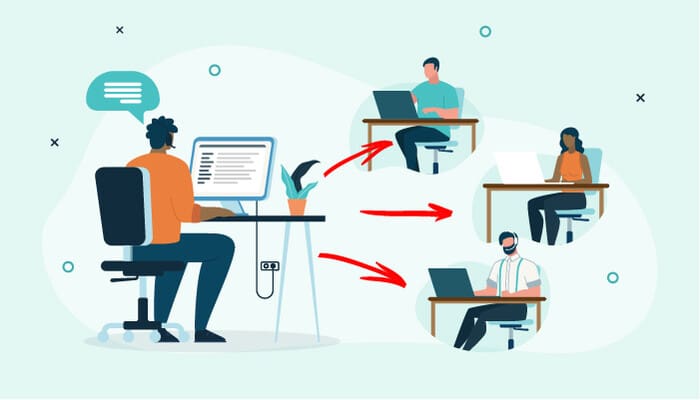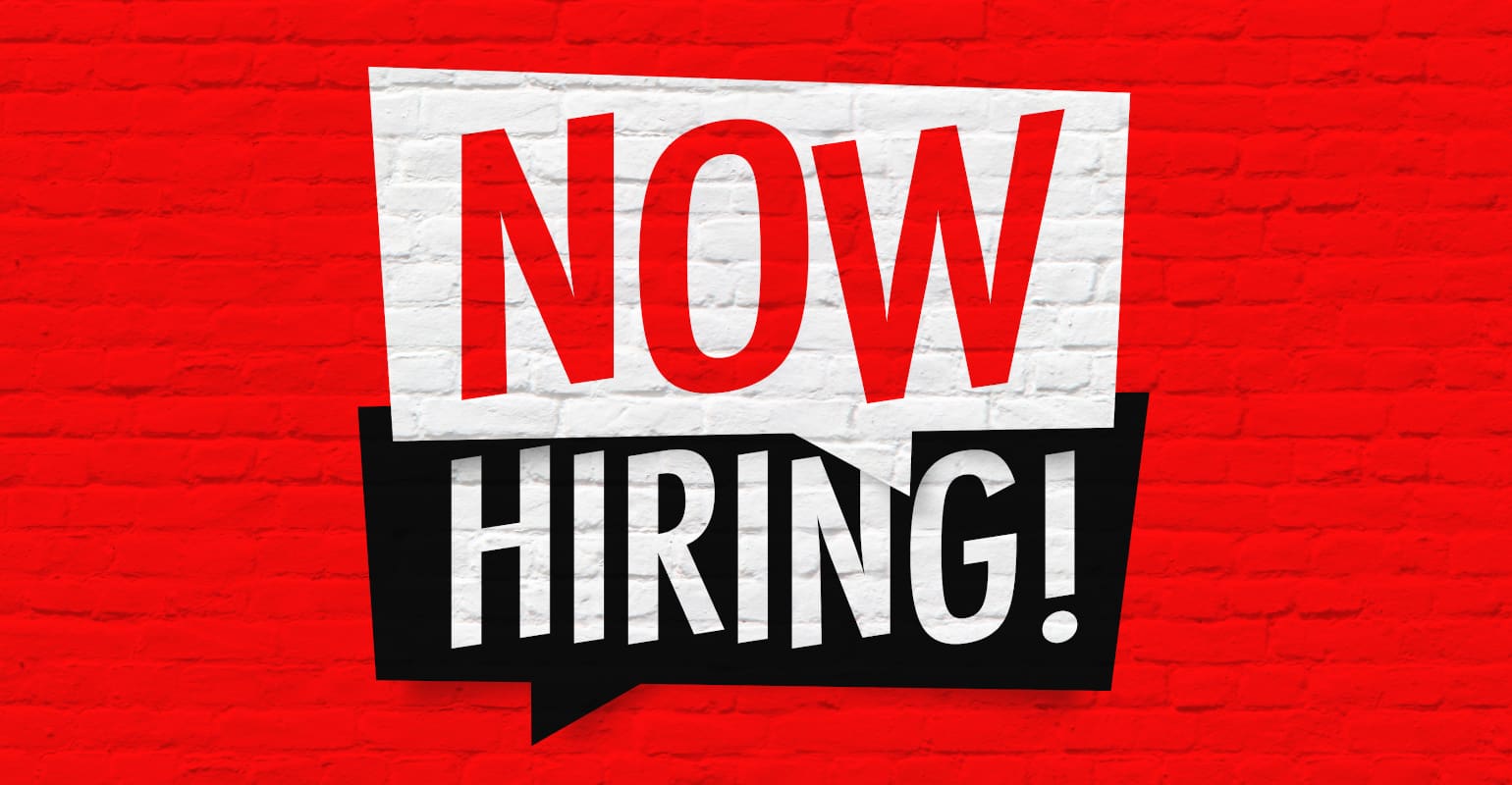One challenge most business owners and office managers are very familiar with is the lack of space. No matter the size of your office space, you’ll find that you need more at least once in your time at the workplace, if not repeatedly.
While it is rarely possible to move workspaces and actually increase the size of your office, it is possible to maximize whatever space you do have. Not only does an organized office mean more space for people to move around in, but it has also been shown to boost productivity and reduce wasted time among employees.
You will, of course, need to personalize your strategy to fit your space and organizational needs. However, there are some tips you can keep in mind.
Cut Down on Paper
It’s not immediately evident, but paper takes up an enormous amount of space in an office. From filing cabinets and printers to binders full of physical documents, the amount of paper you use quickly adds up.
While it may not always be possible to shift away from using paper, cutting down on your usage where possible can help free up a lot of physical space. One advantage is that the legal system is catching up with these needs – electronic signatures, for example, have the same legal validity as physical signatures in much of the world. This reduces the barriers to ending businesses’ dependence on paper.
Purge the Space
This step is, in many ways, the other side of the coin to cutting down on paper. Not only do businesses use a lot of paper for official documents, but many companies also have the habit of storing these documents in filing cabinets, no matter whether they are needed or not.
While going paperless is a great first step, it doesn’t do much for the paper you have already accumulated around the office. By going through the heaps of documents you have stored, there’s a good chance that you’ll discover that much of it can be shredded and destroyed.
Depending on what you have accumulated and over how long, this could undoubtedly take a significant amount of time. However, once you’re done, you’re sure to be taken aback by how much you didn’t need and the sheer amount of space that is now free for use.
Consider Dynamic Partitions
Dynamic partition walls allow you to constantly reconfigure a space, redesigning it to meet your changing needs. For example, you may not need large meeting rooms more than once a week. Designating a permanent area for this limits the amount of space your employees have during the rest of the workweek and forces you to work in a smaller space.
Dynamic office partitions provide an easy solution to this challenge. You can leave a space open for employees when it is not in use and create a private room when the necessity arises. Additionally, as the team here points out, these walls don’t get in the way of the HVAC system, so you don’t need to worry about the logistics. More than that, for the benefits they provide you, they are surprisingly budget-friendly.
You can find dynamic walls in a variety of styles and colors, allowing you to customize them to match your workspace’s existing design. Furthermore, they are available in numerous materials, including glass, aluminum, bamboo, acrylic, resin, wood, and more.
Think Vertically
So, you may not have a lot of floor space – but that doesn’t mean you don’t have vertical space you can use instead!
Vertical space can be filled with shelves and wall hooks, perfect for storing items neatly instead of messing up the look of the office. Additionally, using a little floor space can pay a lot of dividends in terms of vertical space – one great storage solution, for example, is a wall of bookcases. These take up significantly less floor space than filing cabinets do and allow you to display important files just as well. More than that, they can be used to store other items and are easier to access than cabinets.
You can even use vertical space to provide personal storage for your employees, which will allow for more efficient usage of their desks while still allowing them to personalize their space. If you have cubicles, use the vertical space provided by the dividers to create stackable areas or dry-erase whiteboards where they can work easily.
Furnish Strategically
When furnishing an office space, it’s important to think strategically. While bulkier chairs and bigger sofas may look better, they also take up a lot of space and can make your office feel cramped.
Instead, consider investing in space-saving furniture. Alternatively, look at multipurpose furnishing options, so you can cut down on the number of pieces you need to have in your office. Some options you can consider include foldable and expandable tables and chairs, mobile furniture that can easily be transported around a space, and smaller desks that take up less space.
Embrace Natural Light
So, this is admittedly a bit of a cheat. Sometimes, no matter what you do to maximize space, your office will still look crowded. Aesthetics play a significant role in any workspace, as a better-looking space will be more attractive to current and prospective employees.
While you may not be able to shift locations completely, you can use natural light to make the space seem bigger. Aside from making the area look better, an increase in natural light also has health benefits for employees, including a reduction in issues such as headaches and eyestrain.
Natural light can also increase the retail value of space and boost productivity. In fact, a survey found that access to natural light and the ability to see outside is the biggest office perk that employees look for. Without enough natural light, workers report feeling gloomy and tired, especially if they do much of their work on electronic devices like computers.
Office organization can be challenging, especially if you’re working with a small space or one that is not big enough to meet the business’s growing needs. However, with a few clever moves, you will soon find that your workplace is actually much bigger than you ever thought possible!




